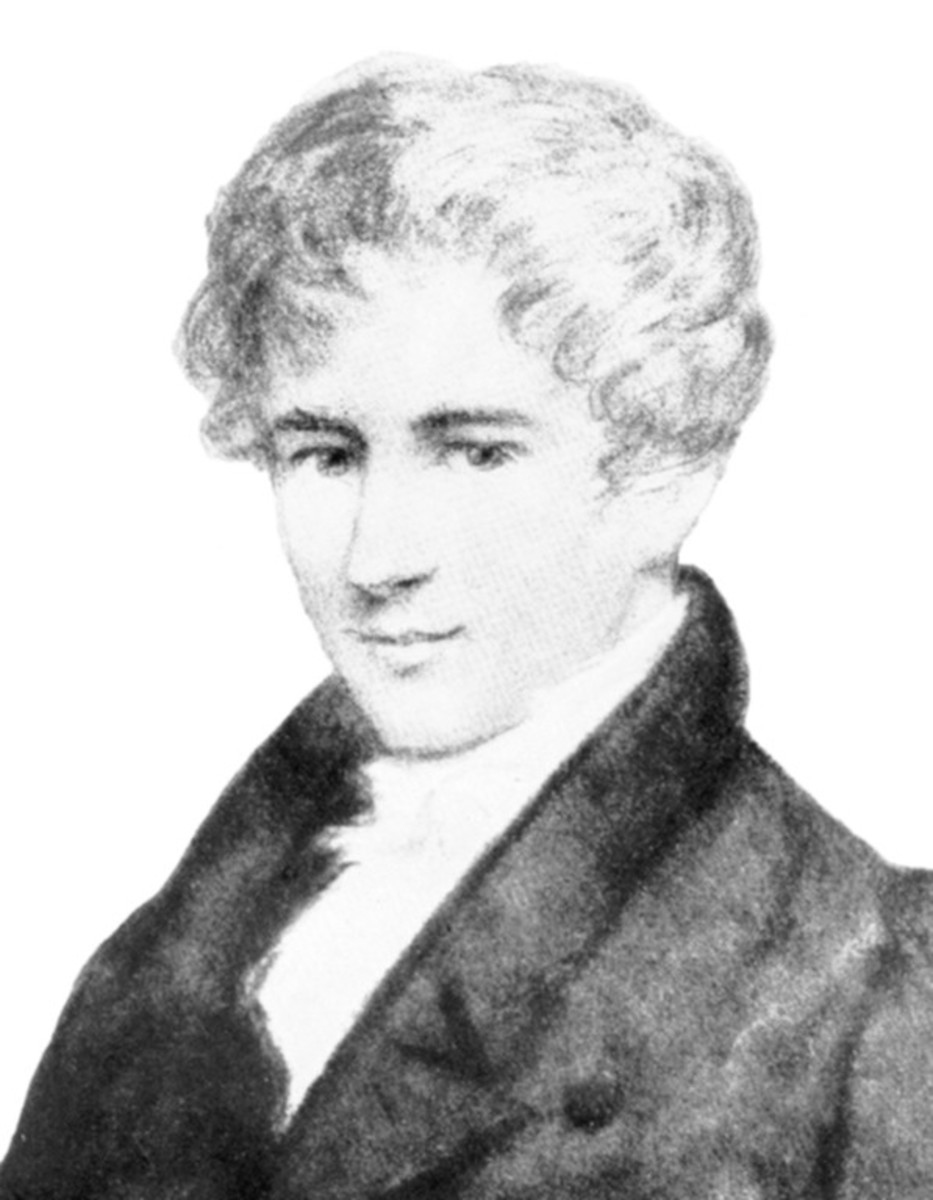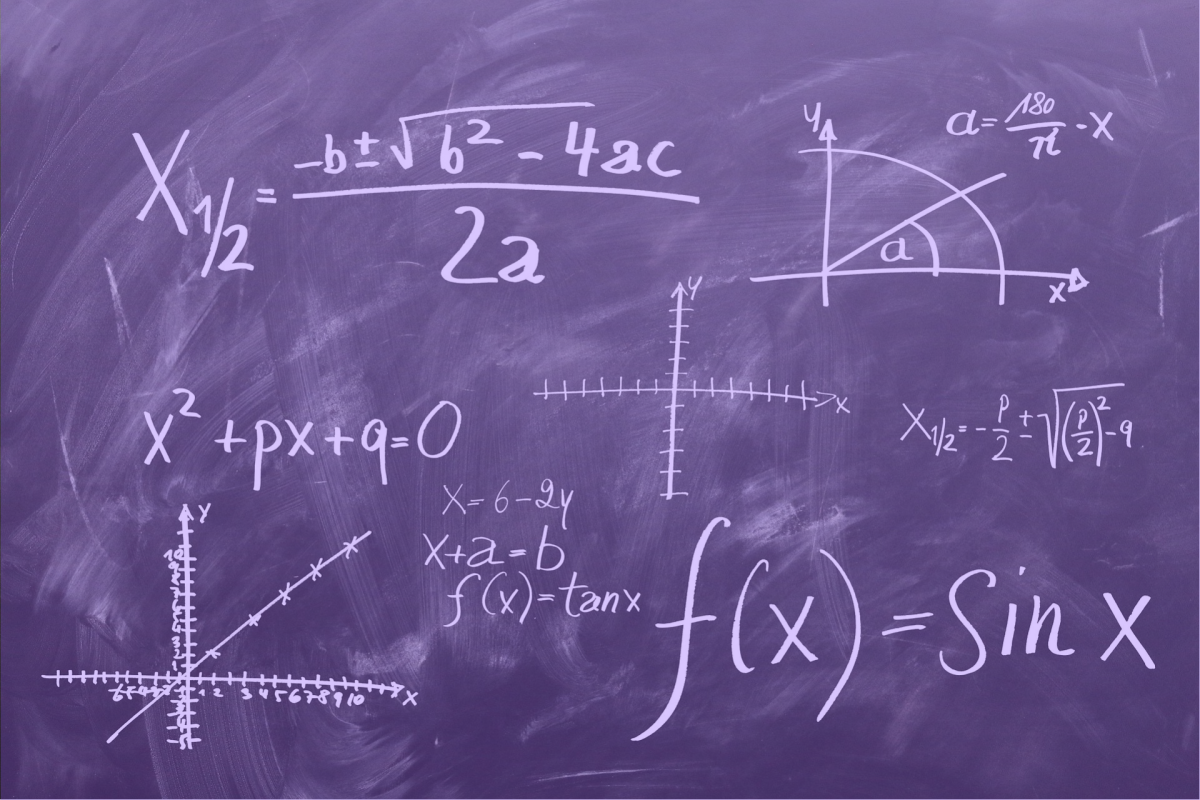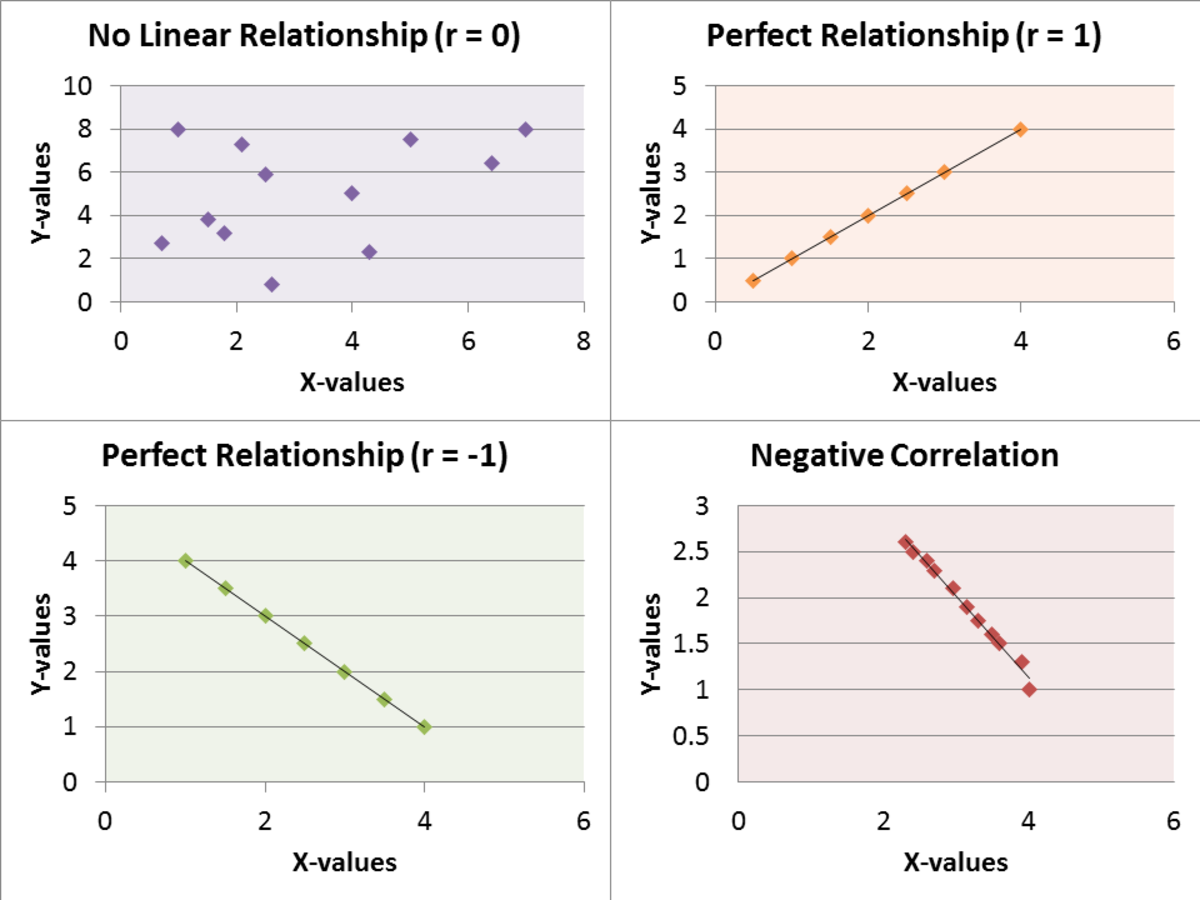The Five Basic Mathematical Proofs: Elementary Number Theory

In mathematics, there are five ways of proving something that everyone needs to know. Almost all proofs that mathematicians has done over the several thousand years they have been in business, have been a variant or a combination of these five, and grasping these are essential in building an understanding of math, especially when first meeting number theory. So here follows, with some simple examples, the five proofs used in elementary number theory.
The Direct Proof
The direct proof is the simplest of the five, and one encountered in high school or before. It is perhaps what most people think of when they think of proofs, and indeed, most proofs will use the direct method some of the time. Say you want to prove that An implies B. A direct proof would have you prove that A implies C, implies D, and so on until you arrive at B. You simply make an implication to go from one step to the next until you reach your goal.
An example: prove that if n is an even number, then n² is also an even number.
Proof: Suppose n is an even number(this is our A). All even number can be written as 2*m, where m is any whole number(this is the definition of an even number), so n=2m. This implies that n²=(2m)²=4m². Now, we may define a number k=2m². Thus n²=4m²=2*(2m²)=2k. Since k is a whole number, 2k must be an even number, and so n² is even, as it equals 2k.
The Contrapositive Proof
The contrapositive is one you might need some time accepting is truly a valid proof. Say you want to prove that A implies B. This is the same as proving that not B implies not A. These statements are equivalent, so proving one is proving the other. Think of this example: living in London implies living in England. From this we know that not living in England implies not living in London. The proof works because if you have that not B implies not A, and A could imply not B, then A would imply not A by direct proof. In the previous example, this would mean that living in London implies not living in London, which is impossible.
An example: Suppose m is a quadratic number. Prove that if m is an odd number, then its square root is also odd.
Proof: m is quadratic, so it has a whole square root. We may denote this square root as n, then m=n². The contrapositive to our hypothesis is that if the square root is not an odd number, then m is also not an odd number. For the whole numbers, which both n and m are from the fact m is quadratic, not odd implies even. So we have to prove that if n is even, then n² is also even, which we already did. Thus our proof is complete.
It is important to note that “not A” does not mean the opposite of A, it means everything that is not A. Not cold is not the same as hot, it is every temperature, including lukewarm, you would not put in the “cold” category.
The ad Absurdum Proof
ad absurdum means “by the absurd”, and you can see something similar to it being used in political discussions and elsewhere. It goes like this: You want to prove that A is true. Assume that not A is true. Prove that this leads to a contradiction, an absurdity. Since not A can not be true, A has to be true. Note that this is not the same as hyperbole, and that absurdity is something that goes against the assumptions, or something mathematically absurd, like 1=0. not A is defined the same way as with the contrapositive.
For this example, let us look at one of the true classics in number theory: the proof that there is an infinite amount of prime numbers. All whole numbers larger than 1 can be divided into prime numbers and composite numbers. The primes are numbers which can only be divided by themselves and 1 to give a natural answer. Composite numbers can be divided by other numbers, specifically one or more primes.
Now, assume that there is a finite amount of prime numbers. Then we can make a finite list of all of them, and furthermore, we can multiply them all together. The product may be extremely large, but it will not be infinite, as it is the product of a finite series of multiplications of finite factors. Call this number N. Now, look at N+1. This number is not on the list of prime numbers(as it is larger than the product of all primes, and all primes are larger than 1). So it has to be a composite number, meaning that at least one of the prime numbers must divide it. Let us test with 2. We know that 2 is one of the factors that N is divisible with, so N is an even number, meaning N+1 is odd, and gives one in remainder. Since all prime numbers divide N, all give one in remainder for N+1. So none of the prime numbers divide N+1, meaning N+1 is not composite. N+1 is a prime number, or a product of several unknown primes not on the list. But the list contains all prime numbers. This is a contradiction.
The clue here really is that no matter how many numbers we have on the list, we can always find at least one more. The list is never complete, it is infinite. As the list can not be finite, it must be infinite. And so it is proven.
Proof by Construction(or by example)
In mathematics, we do not accept using examples the same ways physics or other fields does. No matter how many millions of numbers you prove something holds for, it does not prove that all numbers have this quality. You can however by construction prove that at least one number or element has a certain quality, by looking at 0.5 we can prove that at least one number is between 0 and 1, and we can prove that some quality does not hold for all numbers or elements by finding one which does not possess it.
For a counter-example, consider the statement “all primes are odd”. 2 contradicts this, being only divisible with 1 and itself. It is the only even prime, but still renders the statement untrue.
Proof by Induction
The final proof I shall go through here, is induction. This proof is often used to prove that something holds for all natural numbers, for example, or really any kind of series of numbers or elements. It has to steps to it: first, you take the first element in the series and proves that your statement holds for it. Then, you prove generally that if it was true for the previous, it will be true for the next.
An example: 1+2+3 …... +(n-1)+n=n*(n+1)/2 holds true for all natural numbers.
1+2+3=6=3*4/2 for example.
First step: n=1: 1=1*(1+1)/2. True
Second, assume that the statement hold for k. We shall prove it for k+1.
1+2+3......+k=k*(k+1)/2 Add k+1 on both sides.
1+2+3.....+k+k+1=k*(k+1)/2+k+1=(k*(k+1)+2(k+1))/2=(k+1)(k+2)/2
Thus it is proven that if it goes for the last one, it will go for the next, and as it holds true for 1, it is also correct for all other natural numbers.
These are the five foundational mathematical proves, there are some others, or variants of these, like proof by non-construction or proof by computation. But for your beginner's course in number theory, this should be sufficient.






